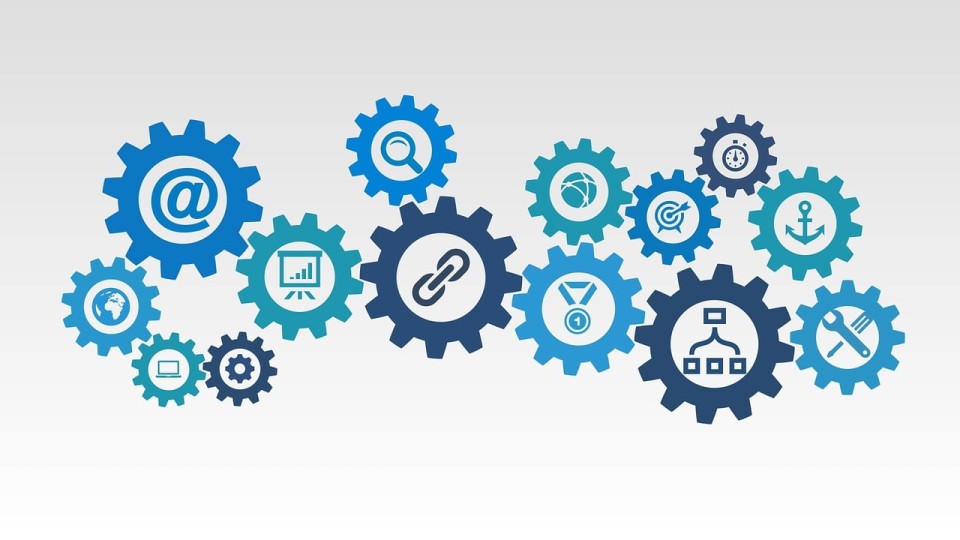As the Internet of Things (IoT) continues to expand, connecting billions of devices and generating massive amounts of data, the need for efficient and swift data processing has become paramount This article explores the rise of edge computing and how it enhances speed and efficiency in the IoT landscape.
Understanding Edge Computing
Edge computing involves processing data at or near the source of data generation rather than relying solely on centralized cloud servers.
The Need for Edge Computing in IoT
- Reducing Latency
In IoT applications, latency can be a critical factor, especially in real-time systems like autonomous vehicles, industrial automation, and healthcare.
- Enhanced Privacy and Security
Data privacy and security are major concerns in IoT ecosystems.By keeping data closer to its source, edge computing enhances security and helps comply with data protection regulations.
Key Applications of Edge Computing in IoT
- Smart Cities
Edge computing enables real-time data analysis for applications such as traffic management, energy distribution, and public safety. By processing data locally, smart city systems can respond quickly to changing conditions and improve overall efficiency.
- Industrial IoT
In manufacturing and industrial environments, real-time data processing is crucial for monitoring equipment, predicting maintenance needs, and optimizing production processes. Edge computing supports these applications by providing low-latency processing and reducing the dependency on cloud connectivity, which can be unreliable in remote or harsh environments.
- Healthcare
Edge computing is revolutionizing healthcare by enabling remote monitoring, telemedicine, and real-time diagnostics. Medical devices equipped with edge computing capabilities can analyze patient data locally, providing immediate insights and alerts to healthcare providers. This reduces the need for constant connectivity and ensures critical information is available when needed.
- Autonomous Vehicles
Autonomous vehicles generate vast amounts of data from sensors and cameras that need to be processed in real time for navigation and safety. Edge computing allows these vehicles to process data on-board, making split-second decisions without relying on cloud connectivity.
- Retail
In the retail sector, edge computing enhances customer experiences through personalized services and real-time inventory management. Smart shelves, digital signage, and customer tracking systems can process data locally to provide targeted promotions and optimize store operations. This reduces latency and ensures a seamless shopping experience.
Edge computing is transforming the IoT landscape by enhancing speed, efficiency, and responsiveness. By processing data closer to its source, edge computing reduces latency, conserves bandwidth, and improves security. As smart cities, industrial IoT, healthcare, autonomous vehicles, and retail sectors continue to adopt edge computing, the technology will play a pivotal role in driving innovation and unlocking the full potential of the IoT. Embracing edge computing will be crucial for organizations seeking to stay competitive in an increasingly connected world.

